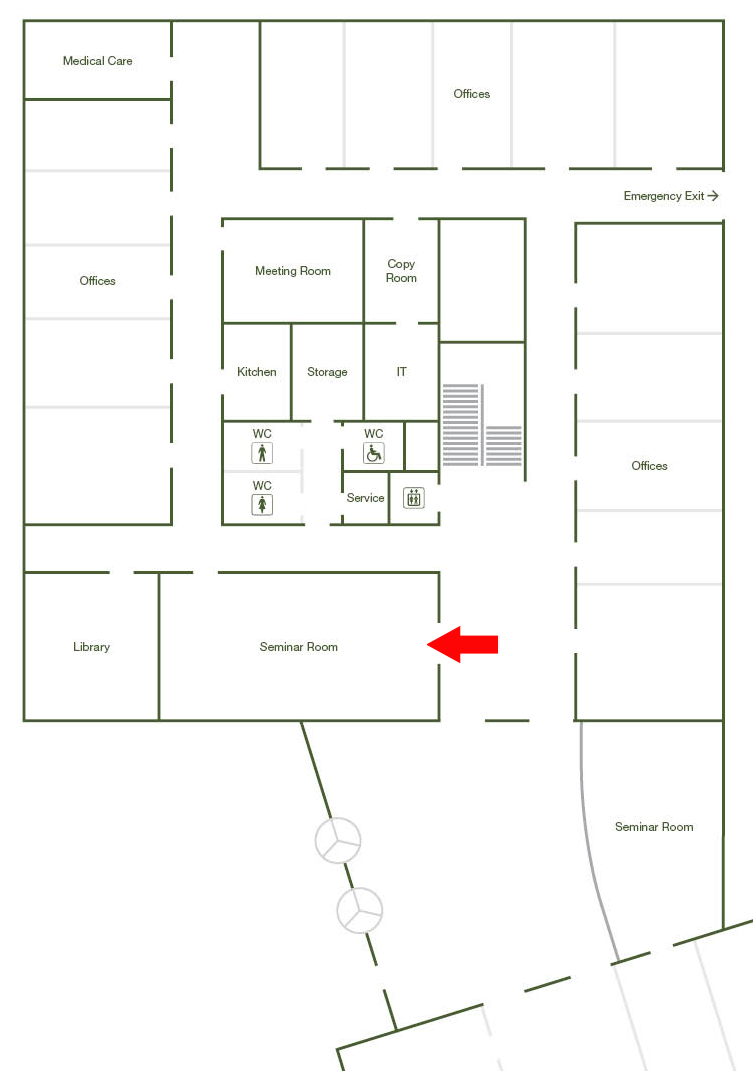Thermal and Charge Transport in Nanocrystal Solids
Date
Friday, December 14, 2018 11:00 - 12:00
Speaker
Nuri Yazdani (ETH Zürich)
Location
Big Seminar room Ground floor / Office Bldg West (I21.EG.101)
Series
Seminar/Talk
Tags
Physical Sciences Seminar
Host
Maria Ibanez
Contact

Due to the discrete and tunable electronic structure of nanocrystals (NCs) and their facile assembly into conductive ordered superlattices (NC-solids), NCs are often referred to as artificial atoms. Through engineering of the constituent NCs and the topology of their assembly in NC-solids, it is possible to create designer semiconductors with tunable band gaps, mobilities, carrier densities, and thermal conductivities; properties which can be optimised for a given application, e.g. thermoelectric generators, solar cells, lasers, LEDs, and photodetectors. Extrapolating the artificial atom analogy of NCs to the vibrational density of states of NC-solids, one can expect to find inter-NC vibrational excitations of the superlattice, analogous to acoustic phonons of an atomic lattice. Through characterizing and modelling of these excitations via inelastic neutron scattering and a variety of ab-initio and computational methods, I will show how the characteristic energy scale of these excitations, and therefore the thermal conductivity of a NC-solid, can be engineered through the constituent NC size and choice of ligand. I will then present a brief overview of our studies on charge transport in NC-solids, and discuss how our improved understanding of thermal and charge transport can be leveraged towards the rational design of NC-solid superlattices for thin-film thermoelectrics.